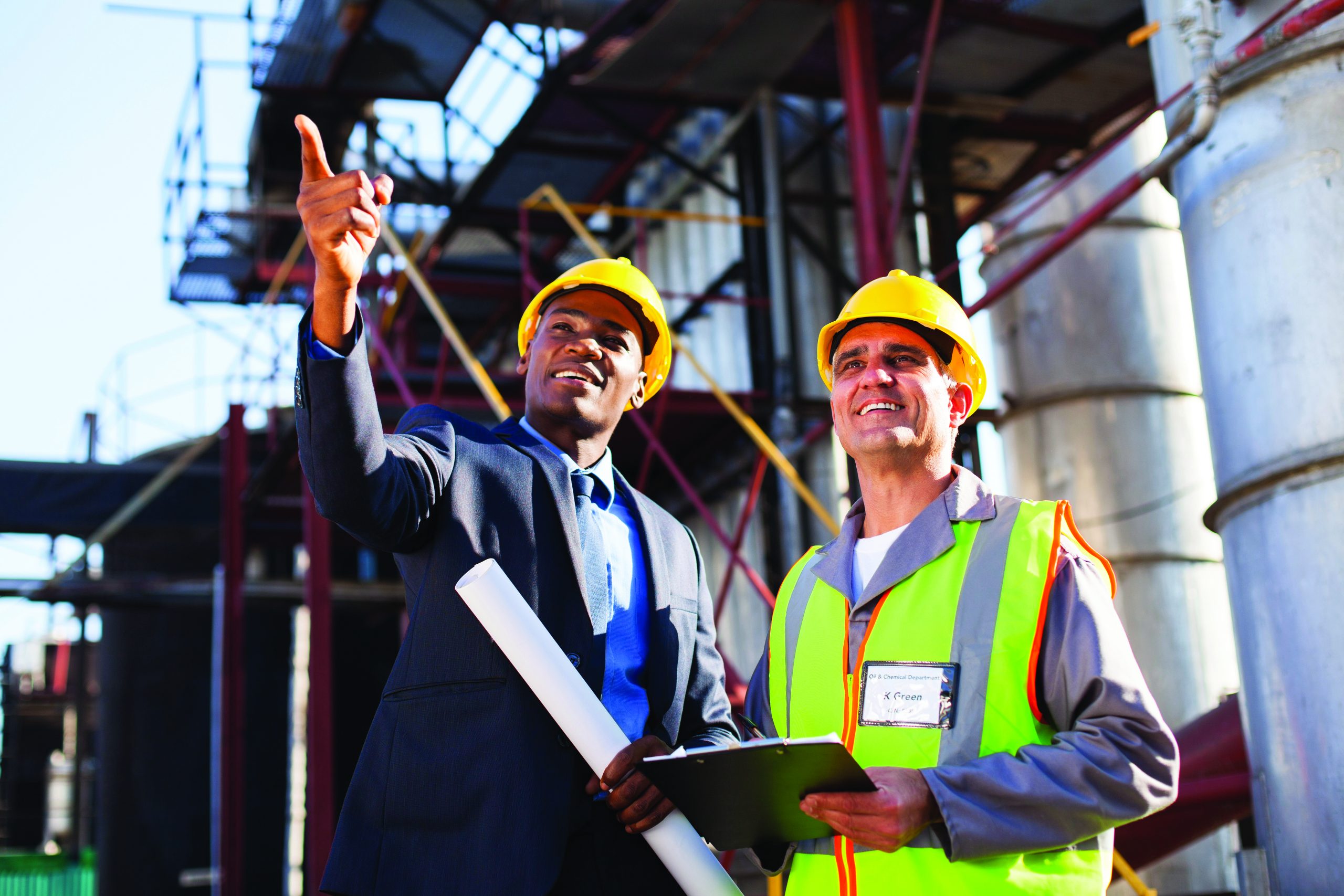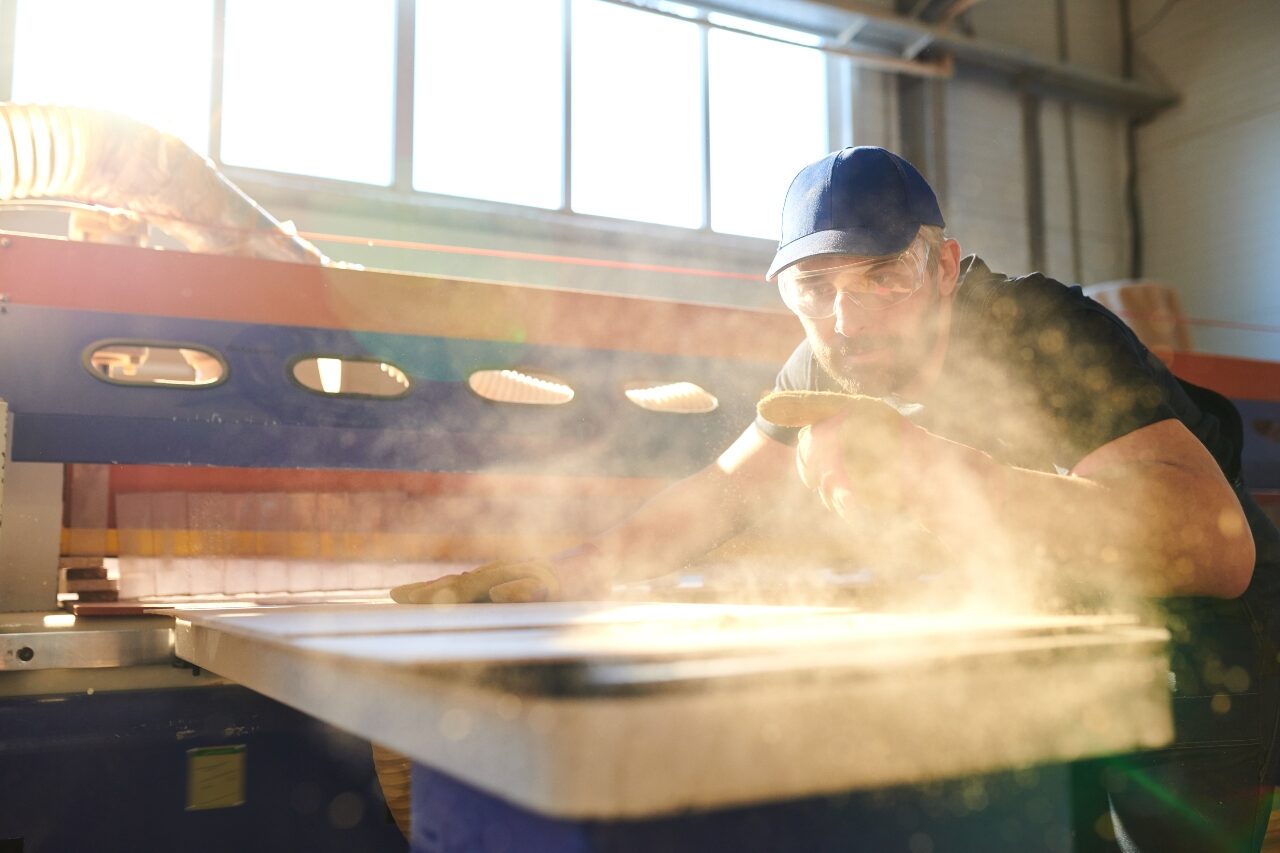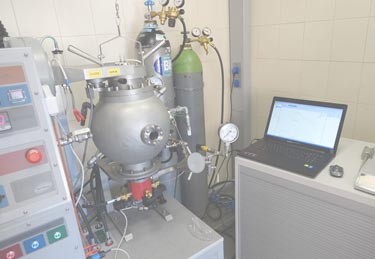Search
Performing Dust Hazard Analysis (DHA) During the Coronavirus Pandemic Lockdown

- NFPA 652 requires a Dust Hazard Analysis (DHA) completed and implemented by September 2020
- Your operations are disrupted by the Coronavirus pandemic
- You want to get on with your Dust Hazard Analysis before business recovery begins – and time is precious…
Here’s how to stay ahead of the game: In this piece we explain how a remote Dust Hazards Analysis (DHA) – using a remote specialist assessor – can help you prepare your company for the return to normality.
At Stonehouse, we have occasionally needed to conduct remote Process Safety Hazard Assessments. This has always been a last resort. There is nothing to replace a visit to site, detailed inspections and face-to-face discussions with knowledgeable staff. However, the current restriction on travel and requirements for social distancing have caused us to draw on our experience of remote PHA work and develop and formalize our approach to conducting preliminary Dust Hazards Analyses (DHA’s) REMOTELY. One of our senior Process Safety Consultants, Dr. Emmanuel Addai, was tasked with documenting this option for the current Pandemic lockdown and he has produced a paper together with a checklist for facilitating this approach. These documents are available free-of-charge to all our contacts and clients. To receive your copies, please contact us by completing the form in the link and insert “Remote DHA” in the message area and submit.
In this short piece, we draw out some of the features of the paper and outline our approach to Remote Dust Hazard Analysis (DHA).

The key to a successful remote Dust Hazard Analysis (DHA) is preparation. If the expert assessor cannot visit the site, then all the information required needs to be assembled in advance. If it is not all available, then access to the people that know the details is very important.
The first thing to do is to assemble lists of powders that are handled and processed on plant. Some idea of quantities used is also important. Dust Hazard Analyses (DHAs) are, of course all about combustible powders/solids and their associated dusts so it is important to establish which of the powders listed are classed as combustible/explosible. Literature data is often available on combustibility/explosibility, but where you have no data, it’s always worth asking your Stonehouse consultant to search for this for you. We have access to some databases of combustible/explosible dusts.
In addition to checking combustibility/explosibility (Go/No-go), data on sensitivity to ignition and explosion severity is sometimes needed. A whole suite of dust explosion tests is available from Stonehouse Explosion Labs, but again it’s worth discussing with your expert assessor exactly which tests you would need and why. A ‘one size fits all’ list of tests can be expensive and is often unnecessary.
In parallel to collecting explosibility data, it is essential to assemble a set of documents relating to the plant and its operation to send to your Dust Hazard Analysis (DHA) consultant. These documents will include things like Process Flow Diagrams (PFDs), Piping and Instrumentation Diagrams (P&IDs), General Arrangement Drawings (GAs), Building Plans and other documents such as previous hazards studies. Photographs of plant will also be of great help to your Dust Hazard Analysis (DHA) consultant.
The Dust Hazard Analysis (DHA) consultant will need access to facility staff with knowledge, understanding, and operational experience of the processes to be assessed. Such people will doubtless include safety personnel, plant engineers, and knowledgeable plant operators.
Much of the assessment will be conducted by the consultant at his desk but we prefer to use video conferencing with the selected plant personnel/groups of personnel, as the project progresses.
The rest of the Dust Hazard Analysis (DHA) project will follow our usual Dust Hazard Analysis (DHA) processes, with hazard identification and analysis, addressing such questions as ‘Is there, or might there be, enough dust to produce an explosible atmosphere?’: ‘Is there, or might there be, any means to disperse dust in a cloud?’: ‘Is there, or might there be any energetic ignition source?’: And ‘how does the material behave in different storage and processing environments?’.
Preparation of preliminary analysis, findings and provisional recommendations will follow – which will be discussed with management. Recommendations will always be tested through discussion to ensure they are realistic and practicable to implement.

Finally, we will always maintain to visit the facility when it becomes possible. Even with the best expertise and the best will in the world, we see visiting a plant in operation as essential. A subsequent visit (for example after social distancing measures are lifted), will allow an on-the-ground check of the identified hazards, an opportunity to spot peripheral hazards that may not be directly related to the processes studied for the Dust Hazard Analysis (DHA), and the finalization of the recommendations and the report.
We have more detailed resources available on Stonehouse’s remote Dust Hazard Analysis (DHA) approach that includes a paper prepared by one of our senior Dust Hazard Analysis (DHA) consultants, together with a checklist of things to prepare in advance of the desktop/remote Dust Hazard Analysis (DHA). For copies of these documents, please contact us by completing the form in the link and insert “Remote DHA” in the message area and submit.

Get in touch
To learn more about our expertise and services in dust explosion prevention & mitigation, call us at +1 609 455 0001 or email us at [email protected] today.
We also offer tailored virtual and in-company process safety training programs on Dust Explosions, Static Electricity and HAC (Hazardous Area Classification) and more. Find further information here.









